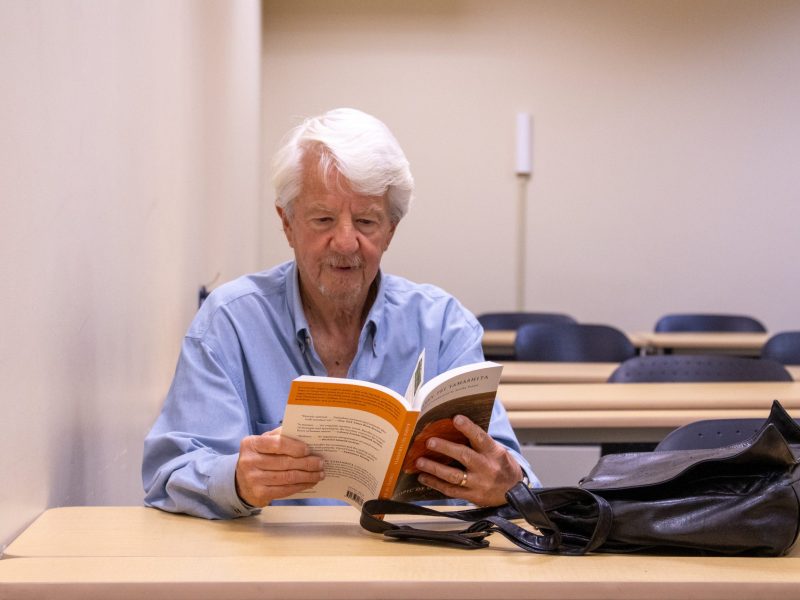Books previously housed in University of Maryland libraries and at a Johns Hopkins University storage facility will have a new home within the next few months, as the university will move up to 1.25 million volumes to the off-campus Severn Building for storage.
The storage space, completed Friday, has about 186,000 shelves — which are about 35 feet tall, or roughly three stories — to hold the books, along with its own air-conditioning system to keep them uniform, said Bill Olen, interim executive director of design and construction and capital projects director.
“We have never built anything like this before; it is pretty incredible,” Olen said. “We just went through a test to see if it would maintain constant temperature and humidity for 72 hours when the air conditioning is turned off, because the most important thing is to help preserve the life of the books.”
The books will only take up half of the space in the Severn Building, where The Washington Post‘s printing presses were located until 2012. The other half of the space will be filled by about 50,000 archival boxes containing primarily historic letters and folders, said Tim Hackman, director of user services and resource sharing for the university libraries.
The project began in January 2015 and was funded with about $6.5 million from the state and about $2.6 million from university libraries, Olen said.
About 500,000 books currently housed in a Johns Hopkins remote library storage facility in Laurel will be moved to the Severn Building in the next few months, Hackman said.
“One of the justifications of this project was to save money that is currently being spent on leasing the Johns Hopkins space,” Olen said. “We wanted more space and they wouldn’t give it to us, so we made our own.”
Leasing the storage space at Johns Hopkins costs about $250,000 a year, Hackman said.
The rest of the books that will be stored at the facility are in on-campus libraries right now, including rarely used books in McKeldin and Hornbake libraries, which will be moved in order to create more study space for students, Olen said.
After library faculty determine which collections can be taken out, it will take about five years to move all of those books at a rate of about 100,000 books a year, Hackman said. Books that are about 10 years old are the most likely to be moved, he said, to prevent anything too old or too new from being put into storage.
“We want to move things that are used, but not as frequently,” Hackman said. “We don’t want it to be just a warehouse of junk that no one wants, but an active collection of things that are requested and will go back and forth between campus and the storage space.”
As of now, Hackman said, he believes that the less-than-1,000-volume oversize collection from the Art Library, which has been in storage for a number of years, will definitely be moved to Severn.
Hackman said the change in location will hopefully mean requested volumes will arrive the next day to any university library. Currently, it takes about 48 hours for requested books to make their way to campus from the Johns Hopkins facility.
David Rivard, assistant dean of administrative services for university libraries, said the new storage space will benefit students.
“We will be able to take these valuable resources off of campus where they are not heavily used, to free up campus space for collaborative study spaces and research commons,” Rivard said. “It is a win-win for us.”



